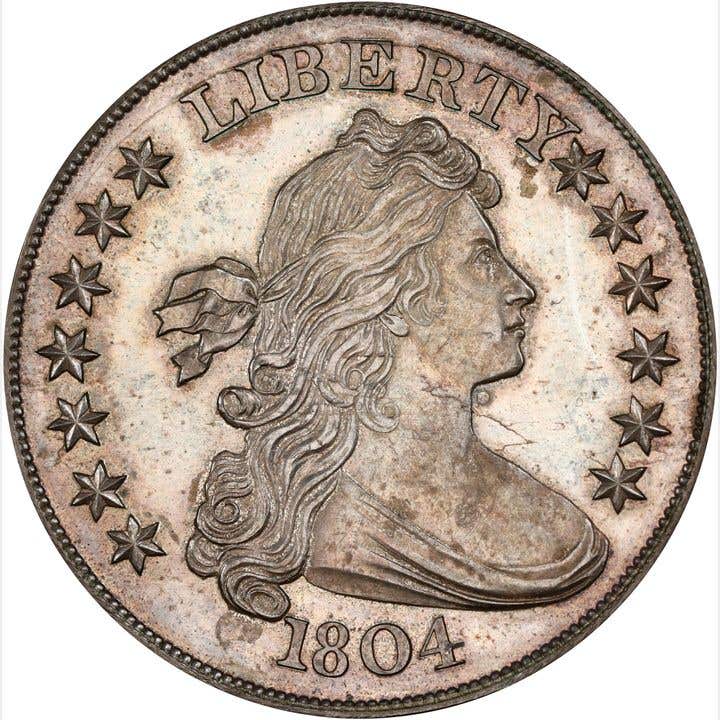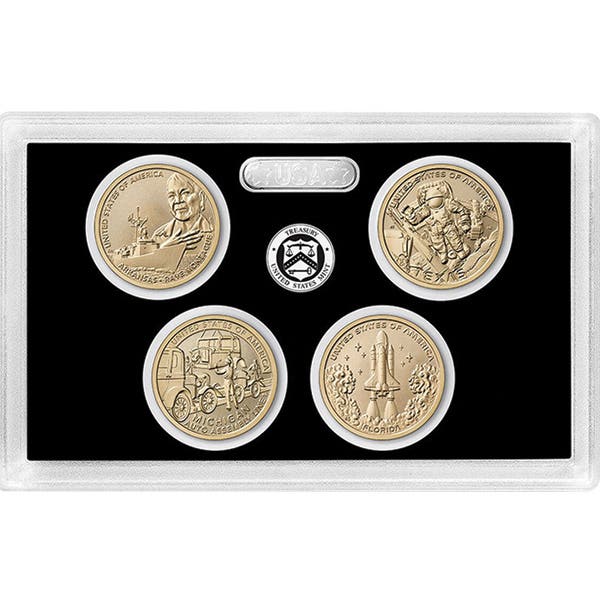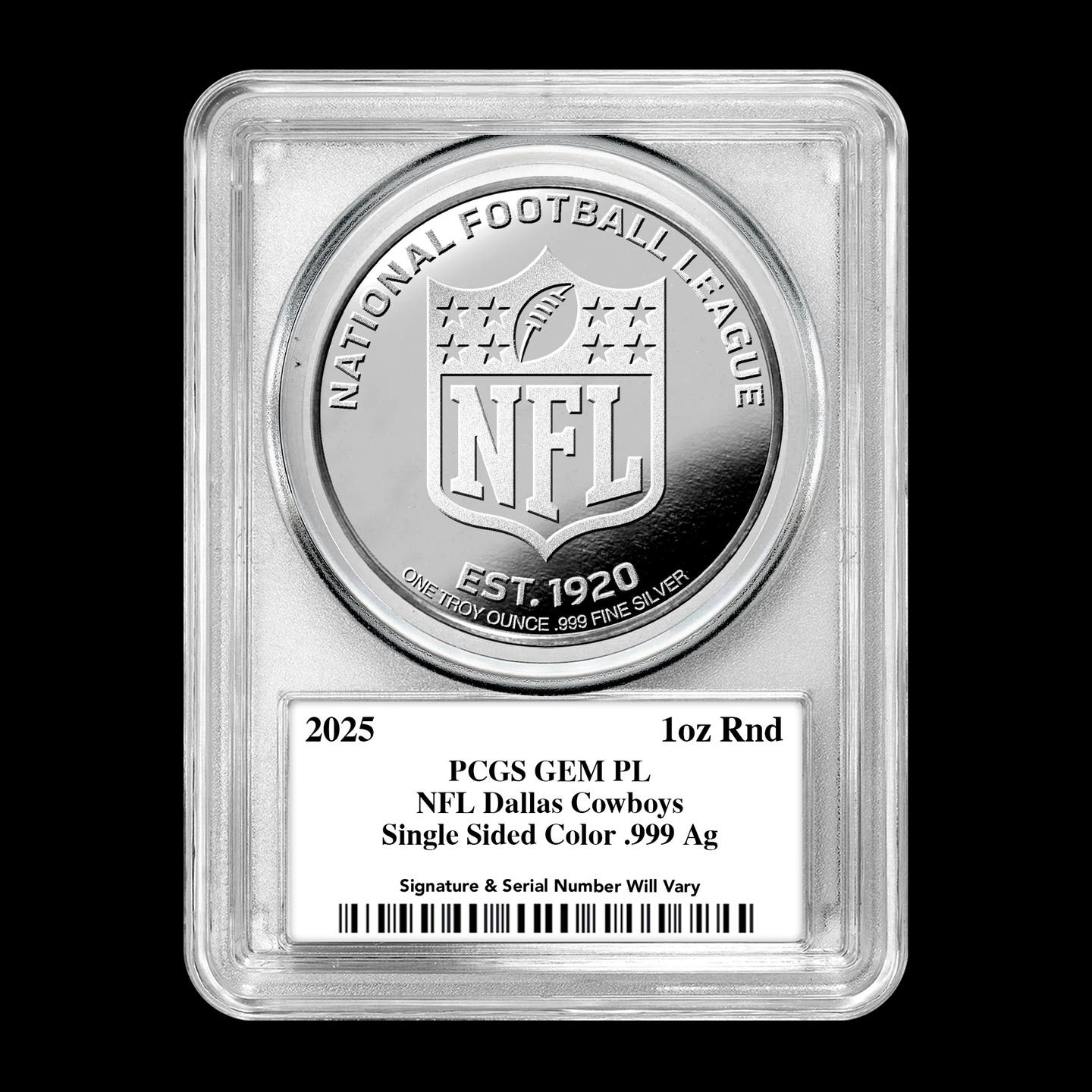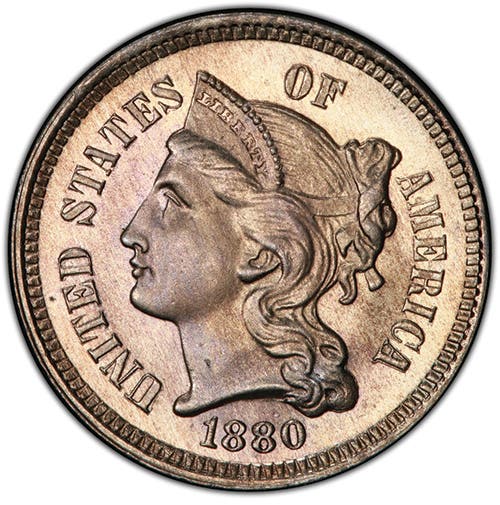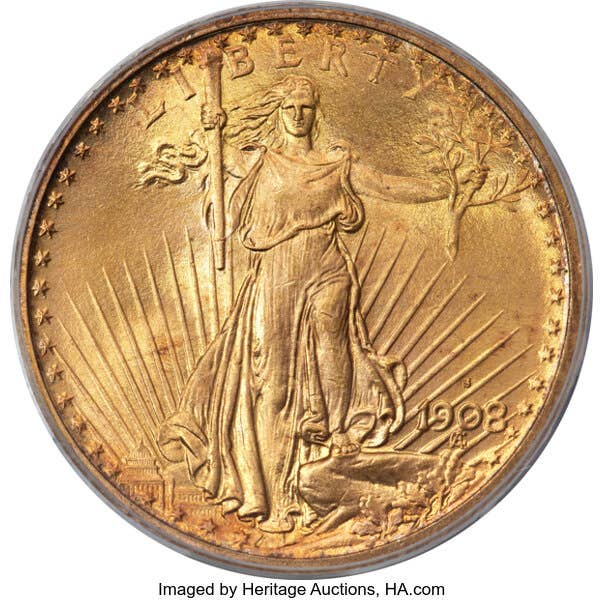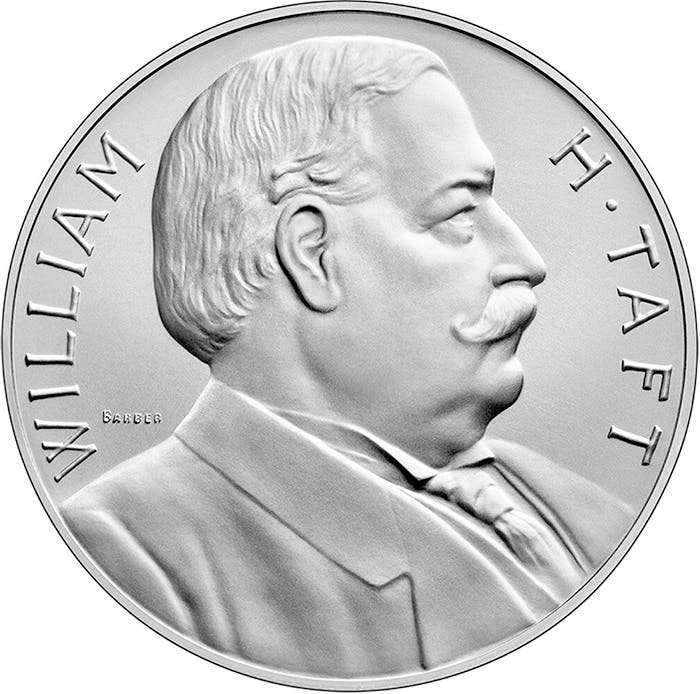U.S. coins suffer broken links in chain
As with many coins over the millennia, the examples cited in this article can be viewed as a form of propaganda, reinforcing the notion of unity and togetherness among the people
One of the earliest designs of a cent for the fledgling United States was the Chain cent of 1793, which featured a stylized Liberty head with flowing hair on the obverse, with LIBERTY above the portrait and the date below. On the reverse was a central design of a chain with 15 links, one for each of the states then in the Union. The value was contained within the chain, and the national identity around it. As many people thought this chain design could be interpreted as representative of slavery, in the short run it turned out to be unacceptable. This coin is a one-year type.
But the chain motif was not new for Colonial coinage, or at least for those whose charge it was to think about it. Consider the Continental currency dollar of 1776. The obverse was two lines of text around a sundial, but the reverse was “American Congress” in a ring, and “WE/ARE/ONE” in the center, around which were interlocking rings bearing the names of the colonies of New Hampshire, Massachusetts, Connecticut, Rhode Island, New York, New Jersey, Pennsylvania, Delaware, Maryland, Virginia, North Carolina, South Carolina and Georgia.
This design clearly led to the Fugio cent of 1787 from James Jarvis’s mint in New Haven. Though, if you can believe it, the Fugio cent packs in more in imagistic material, replete with linked chains and smiling suns, than does the Continental dollar, yet we can see a clear influence in design from the dollar to the Continental cent to the Federal Chain Cent.
As with many coins over the millennia, the examples cited above can be viewed as a form of propaganda, reinforcing the notion of unity and togetherness among the people. Just as a historical sidelight, in Colonial days people were far from being united. It is probably more accurate to view the colonies as regions – New England, New York/New Jersey, Pennsylvania, Virginia, and the rest of the south. All areas were quite different in terms of population, philosophy and industry. The northern states were mechanized while the south relied on slave labor, which was one of the causes of the Civil War.
Coin collecting involves a kind of a chain. The collector, banks, retail establishments, the Federal Reserve System, the United States Mint and Congress are all links in that chain. What is to the point here is that the chain is broken. For instance, consider your local coin supply. Banks have to order coins from the Federal Reserve Bank and pay a fee for their delivery (remember that the next time you bring in rolls of coins to exchange for currency – you are actually doing the bank a favor). If a bank does not order the special quarters or the Presidential dollars then they won’t have any – new coins are not sent automatically as a matter of course.
As a case in point, there are about a half dozen banks in our local downtown. Only one of them ever has any supply, and a small one at that, of the new quarters and dollars and they haven’t seen any of the new cents at all. I was told at a couple of the other banks that they don’t participate in the quarter or dollar programs. This is one broken link. We should be able to get new coins at any of our local banks.
If none of the new coins make it into circulation, then it will be impossible to come to any conclusion about their utility and popularity. I am thinking mainly about the dollar coins. You rarely, if ever, see them in the change (and, as an aside, on some of the new Presidential series you might encounter there is already the appearance of some sort of disfiguring verdigris). An unattractive coin is another broken link in the chain.
And I don’t think that Congress should be left off the hook. It seems that they are busily and happily at work legislating approval for coins that no one really wants, needs or ever sees. The numismatic press has been replete with tales of the Mint’s foibles in production and sale of coins so that is not a topic here, other than to note it as a weak if not broken link.
It is easier to say what is not happening than what is. The “golden dollar” program has never really gotten off the ground, and it seems that neither the banks nor the Federal government are giving it much support. The territorial quarters are generally unavailable, and as far as I can tell there are no convenient and practically priced albums for them. I shudder to think what will happen with the “States Points of Beauty” quarter program.
To return to my links in the chain image, it would appear that the collector is the strongest link. He or she will do the scut work of acquiring the new coins (but not, it is hoped, at the prices charged by some on-line sellers), of searching out errors and of spreading the word about the changes in our money.
It seems that the coin collecting community shares a sense of unity and dedication, one which ought to give us pride.
Jan M. Dyroff is a hobbyist from West Roxburg, Mass.
Viewpoint is a forum for the expression of opinion on a variety of numismatic subjects. The opinions expressed here are not necessarily those of Numismatic News.
To have your opinion considered for Viewpoint, write to David C. Harper, Editor, Numismatic News, 700 E. State St., Iola, WI 54990. Send e-mail to david.harper@fwmedia.com.




